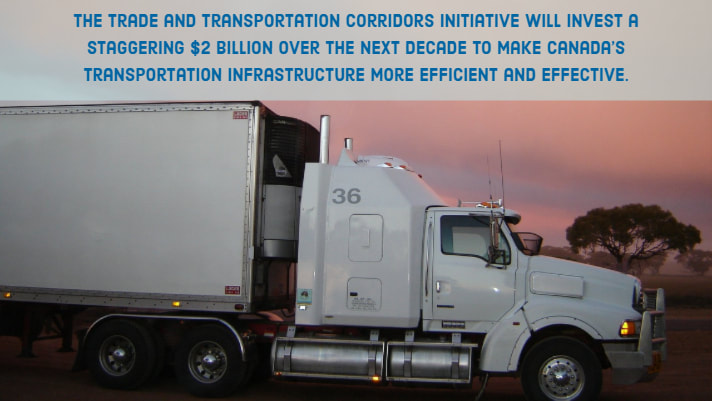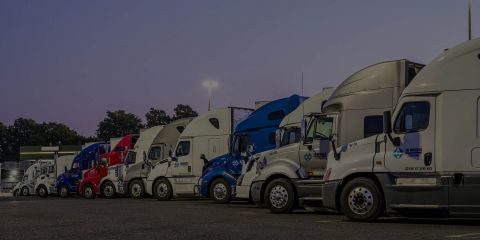
The many climatic changes happening around us have brought the discussion back to adopting environment-friendly practices that will reduce the carbon footprint of the production and consumption processes. One such practice that has evolved and is being widely adopted is reverse logistics.
As the name suggests, reverse logistics refers to all the processes and operations used in the reuse of products and materials. Logistics includes all the operations involved in moving goods from the manufacturer to the supplier or distributor, but when reverse logistics includes the operations involved in moving goods from the final location to other places to re-manufacture, refurbish, or even to return defective goods. Since the path traveled by these goods starts from the distributor or the retailer and goes back to the manufacturer or a refurbishing company, it is called reverse logistics and is often done through a reverse logistics services company.
This idea of reverse logistics has gained prominence over the last few years. in the wake of climate change talks and more companies are now using third-party logistics companies to handle their reverse logistics processes too. This has augured well for companies, consumers, and the society at large as this reverse transportation has led to an increase in the demand for road infrastructure. In fact, So what do all these mean for you and how can you make the most of this trend? Well, here are some steps on how you can set up this process within your organization.
Increase Training and Awareness
Reverse logistics is a relatively new concept, so not everyone will be familiar with it. As a first step, it is important to raise awareness about this process at the highest level in your organization. Talk to the top decision-makers and make them understand the benefits that would come from implementing a reverse logistics solution within the organization. Get acceptance from the managerial level and start building cross-functional teams that can handle this logistics process for you. Train employees where necessary, identify the possible causes and fix them at the earliest. When all the employees are aware of the different codes, this process becomes easy to implement.
Build the Information Flow
Having the right information flow will make it easy for your organization to have complete control over the entire operations. Start with an assessment of the true costs associated with logistics. Answer questions like how much do trucking companies charge you for the transportation, would it be a heavy haul, do you need a warehouse to store the materials that have to be returned? Answers to these questions will help to design an information flow that will be easy to track. In addition to the flow, assign the right employees and provide clear roles and accountability to them.
Analyze and Improve
Once the process is in place, make sure you also have a mechanism to collect data pertaining to it. Define metrics to measure the performance and do an analysis with past data to check for deviations and progress. All this will help you to refine your process and make it more efficient. To conclude, reverse logistics is the process by which goods are sent from the final destination of the distributor or retailer to the manufacturer or other companies to refurbish or re-manufacture. The above steps will help you to set up or refine the existing process to make it more cost-effective and efficient.
